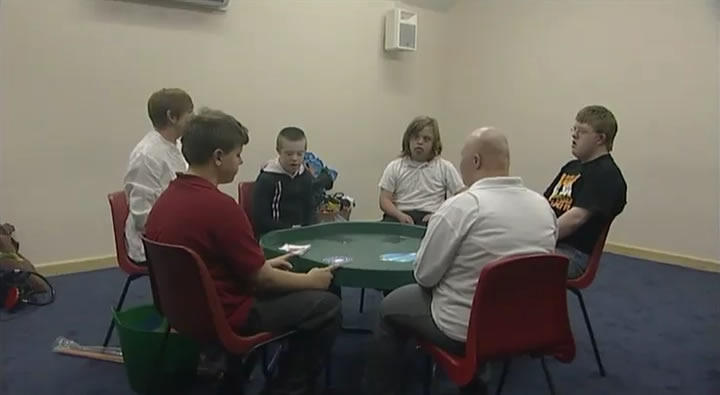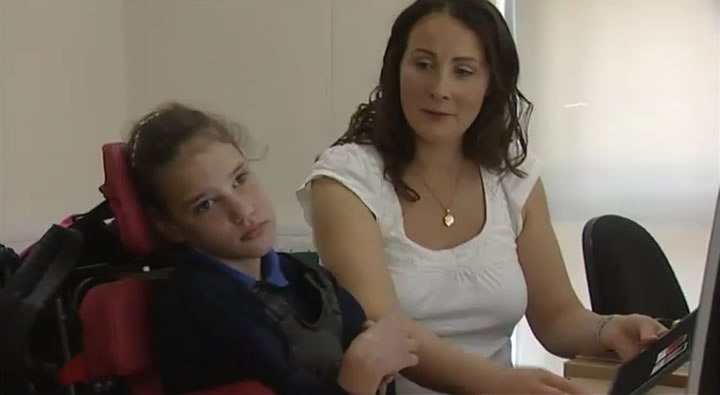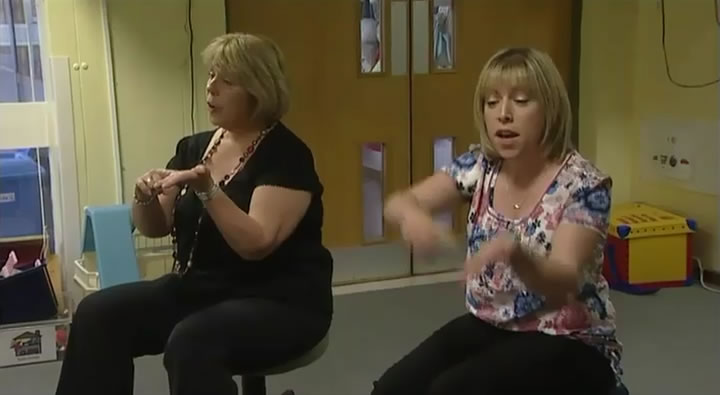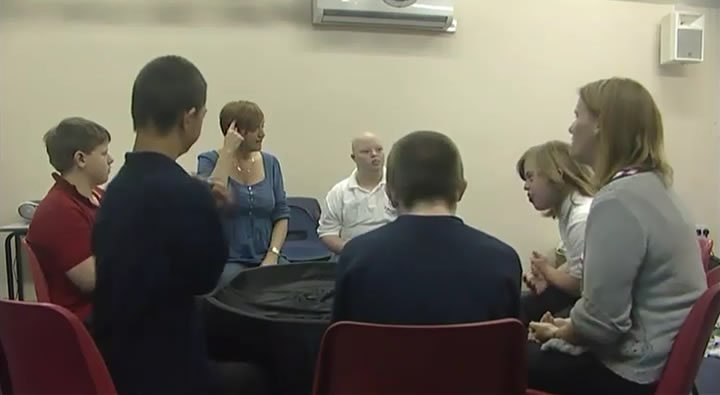
When typically developing infants take their first steps into the world of language they will tend to:
- Use a 'first word' that is consistent and can be decoded, even if it does not resemble a real word;
- Develop slowly – on average 50 words at 18-20 months;
- Understand more than they produce;
- Convey meaning through intonation – even with the same utterance or word; and
- Use instances where they are misunderstood to develop grammar that is more precise.
- The table below gives some examples of how a child might try to communicate through their early use of single words.
- How would you respond to the child?
| Child | Meaning |
| More | I want some more |
| Book | Let's look at a book |
| Anna | Nice to see you (Anna) |
| That | That's nice |
| Rah | Let's pretend to be a lion |
| Adah? | What's that? |
| Bird | There's a bird outside |
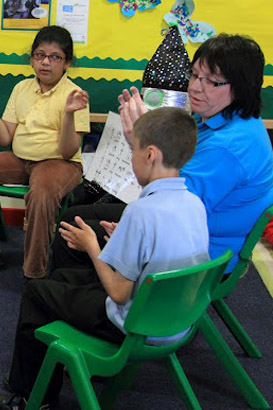
Click on each of the following heading to find out more:
Social interaction
Engaging with objects
Intentional communication
The physical aspects of communication
Social interaction is important to children because it develops an awareness of others and enables children to share their experiences.
Return
Children need to engage with objects as part of play because they give a focus to a shared experience and can help children to learn the meanings of words.
Return
It is important to develop intentionality so that children can understand cause and consequence and their own ability to influence situations and interactions.
Think of the video clip of Alla that you watched earlier. She was learning, 'If I raise my arm, I will get more'.
Return
Children need to develop control of lip, tongue and cheek muscles for speech.
They need to control their arms and fingers for signing, pencil control and/or using technology.
Watch this video in which an instructor explains how activities are used to maintain the oral-motor skills needed for speaking and eating.
Return
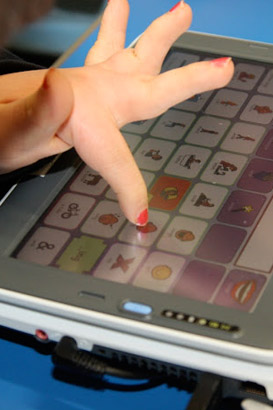
Click on each of the following heading to find out more:
Extending intentional pre-verbal communication
Using Augmentative and Alternative Communication (AAC)
Establishing first words
Extending the use of words
Intentional pre-verbal communication can be extended to enable children to indicate a need or make a choice, eg through pointing with the hands or eyes.
Watch this video in which a teacher works with Kimmy to enable her to make choices at lunchtime. Kimmy uses her arms to make a selection and then confirms her choice by eye-pointing.
Return
AAC can help children with communication difficulties but children with PMLD need to develop the physical skills to use such aids.
Watch this video in which a teaching assistant works with children to develop their skills in using switches. Switches can give pupils access to a range of new learning and life experiences.
Return
The acquisition of first words can be aided by signing.
Watch this video in which a teacher, Teresa, explains how signs are used alongside spoken words to develop children's communication.
Return
Using words in a variety of ways that are meaningful and useful to children helps to ensure that children will remember them.
Watch this video in which an instructor, Tracy, introduces children to words that they need to use through a story accompanied by signs.
More extended language use can be achieved through combining words to form phrases.
Return
